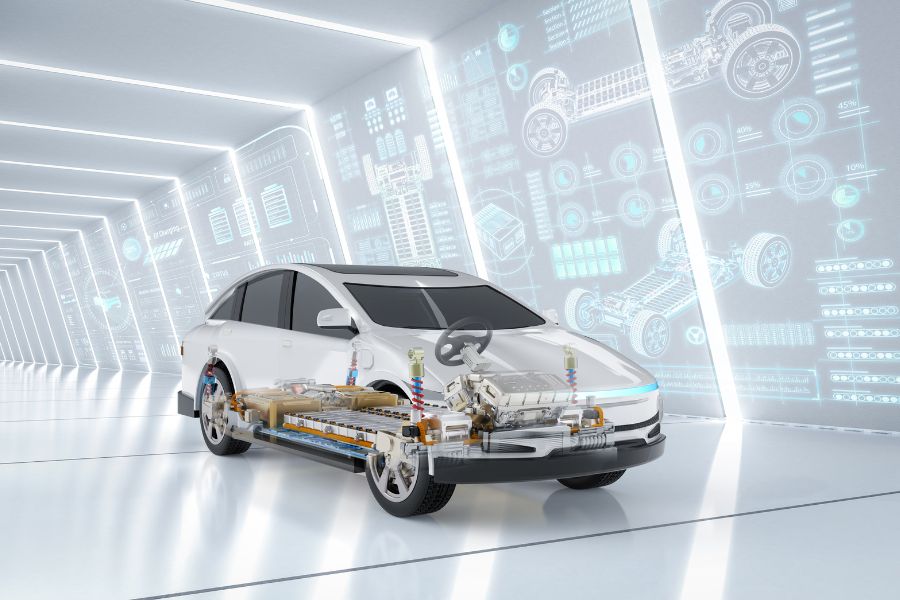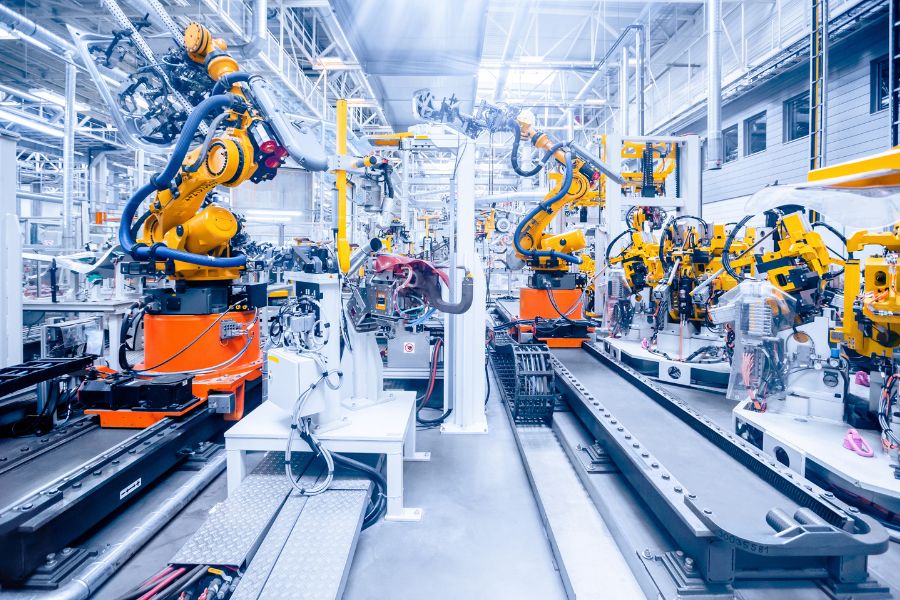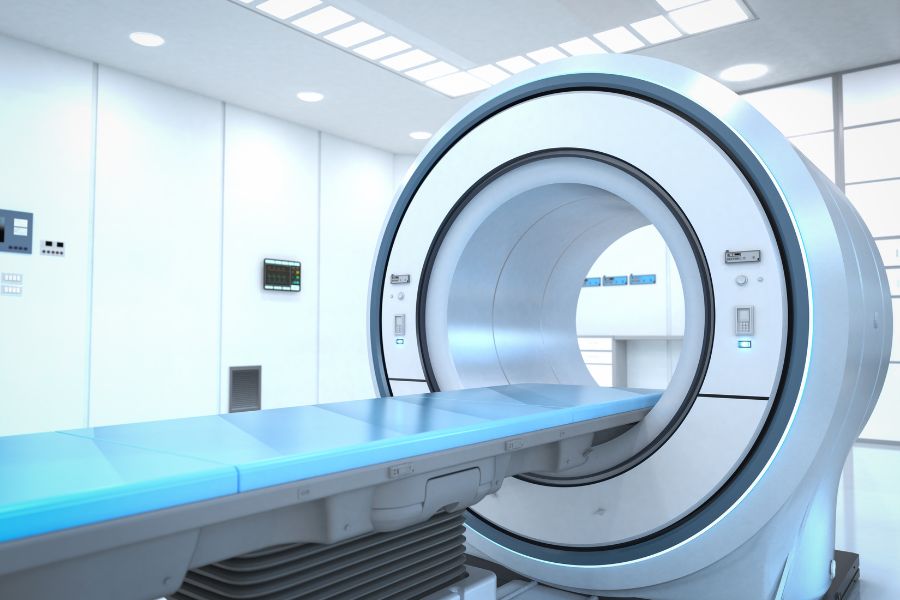Embedded systems are all around us – quietly operating behind the scenes to make modern life smarter, faster, and more reliable. Yet, while most people rarely give them a second thought, these small but powerful computers are hard at work in everything from coffee machines to cars. In fact, microcontrollers and real-time processors perform countless critical tasks every day, often without drawing any attention. That’s why, in this post, we’ll explore how embedded systems power the devices you rely on from morning to night – frequently without you even realizing it
What are embedded systems?
Simply put, an embedded system is a dedicated computer system engineered to perform one or a few specific functions—often in real time—and usually embedded within a larger mechanical or electrical device. Unlike general-purpose computers such as laptops or smartphones, embedded systems are purpose-built. As a result, they are highly optimized to deliver maximum efficiency, reliability, and low power consumption for the task at hand.
Morning Routine: Coffee Makers and Smart Appliances
That perfect cup of coffee you enjoy in the morning? You can thank an embedded system for that. In fact, most modern coffee machines now include microcontrollers that precisely manage everything from water temperature to brewing time.

Furthermore, when you add a few sensors and a Wi-Fi module, the appliance becomes even smarter — allowing you to control it remotely from your phone with ease.
Other home examples:
-
- Washing machines optimize water and energy use.
- Thermostats use embedded processors for adaptive heating/cooling.
- Microwaves rely on timing and power level control loops.
On the Road: Cars, E-Scooters, and Traffic Lights

Today’s cars are no longer just mechanical machines — they are rolling networks powered by dozens of embedded systems. For instance, components such as anti-lock braking systems (ABS), airbags, engine control units (ECUs), and infotainment systems all rely on embedded technology.
Moreover, these small computers work together seamlessly and in real time to ensure your safety, enhance comfort, and improve overall driving performance.
-
- Airbags deploy in milliseconds thanks to real-time embedded safety systems.
- Electric vehicles (EVs) use embedded systems to manage battery life, energy regeneration, and motor control.
- Public transport and e-scooters rely on GPS, speed sensors, and connectivity – all run on embedded platforms.
At Work: Offices, Industry, and Automation
In industrial environments, embedded systems play a crucial role — not only in process automation but also in machine control and predictive maintenance. Additionally, in office settings, these systems are embedded in everyday equipment such as printers, routers, and smart lighting systems, quietly ensuring smooth and efficient operation throughout the workday.
-
- Factory robots use embedded systems for precise motion control.
- IoT sensors monitor environmental conditions, reducing energy use.
- Networked printers handle scanning, printing, and remote commands—all via embedded firmware.

In Hospitals: Critical Care and Diagnostics

Medical devices often rely on embedded systems for reliability and safety. Think about:
-
- Pacemakers, where real-time software ensures your heart rhythm stays stable.
- Infusion pumps, carefully delivering medication.
- MRI machines, coordinating millions of sensor readings for accurate imaging.
These systems must meet strict safety standards (such as ISO 13485 or IEC 62304) because lives depend on their correctness and stability.
At Play: Gadgets, Games, and Smart Homes
From your TV remote to your fitness tracker, embedded systems are in the fun stuff too:
- Gaming consoles use embedded GPUs and controllers.
- Smartwatches run full operating systems on ultra-low power chips.
- Voice assistants manage microphones, speakers, and cloud integration with real-time response.

Even your Bluetooth earbuds depend on embedded firmware to manage pairing, audio decoding, and battery optimization.
The Quiet Power Behind the Technology You Trust Every Day
Embedded systems are, without a doubt, the invisible backbone of modern technology. As innovations in AI, IoT, and 5G continue to accelerate, the need for well-designed embedded solutions becomes increasingly critical. Consequently, the future is set to deliver systems that are not only smarter but also smaller and more secure—impacting everything from self-driving cars to AI-powered medical implants.
So, the next time your coffee brews on its own or your car prevents a collision before you even react, take a moment to recognize the quiet brilliance of embedded systems at work. We proudly specialize in developing these silent enablers—seamlessly integrating hardware, software, and innovation to make everyday life smoother, safer, and smarter.

